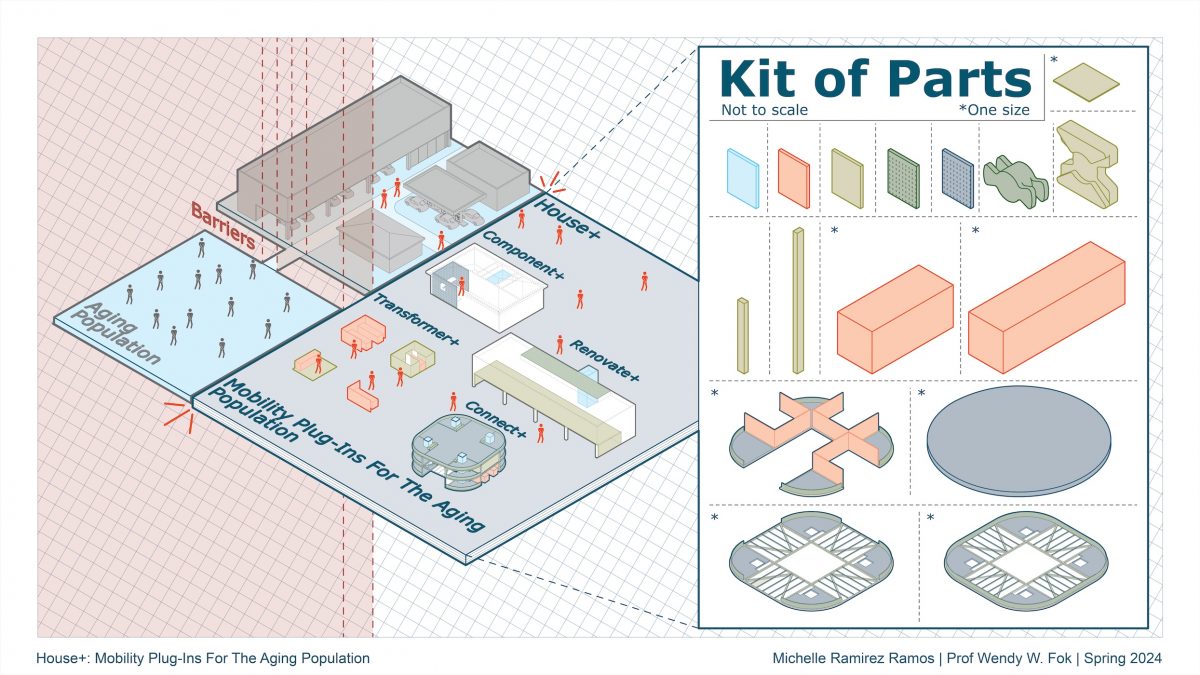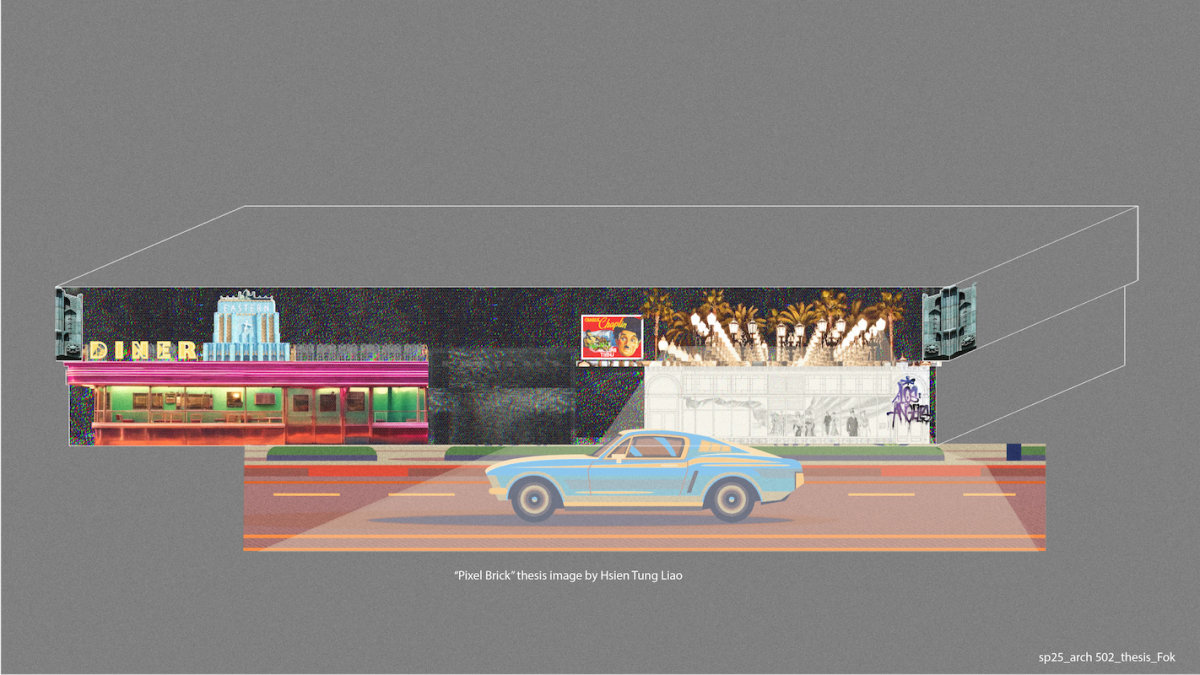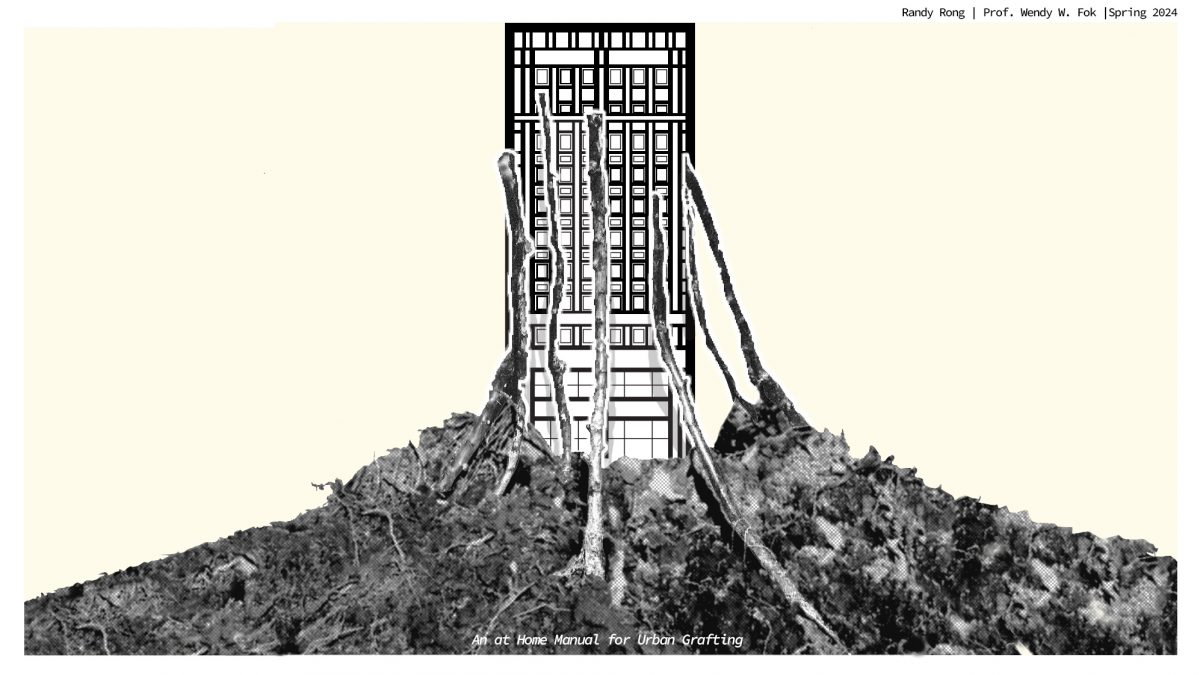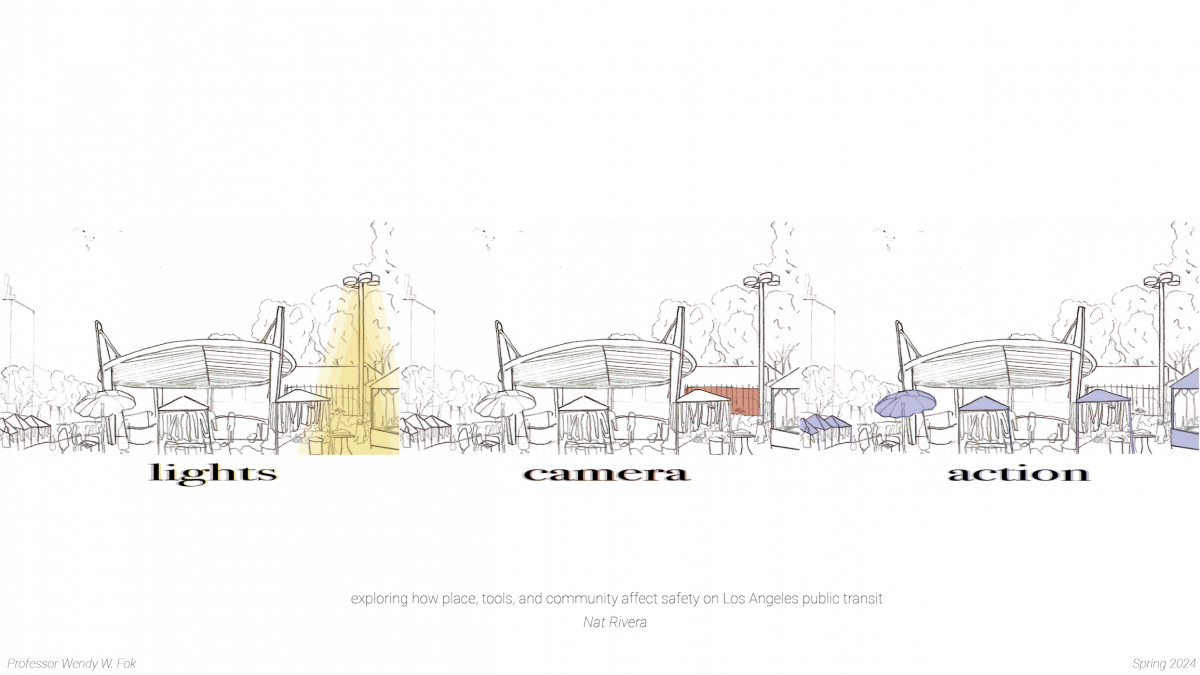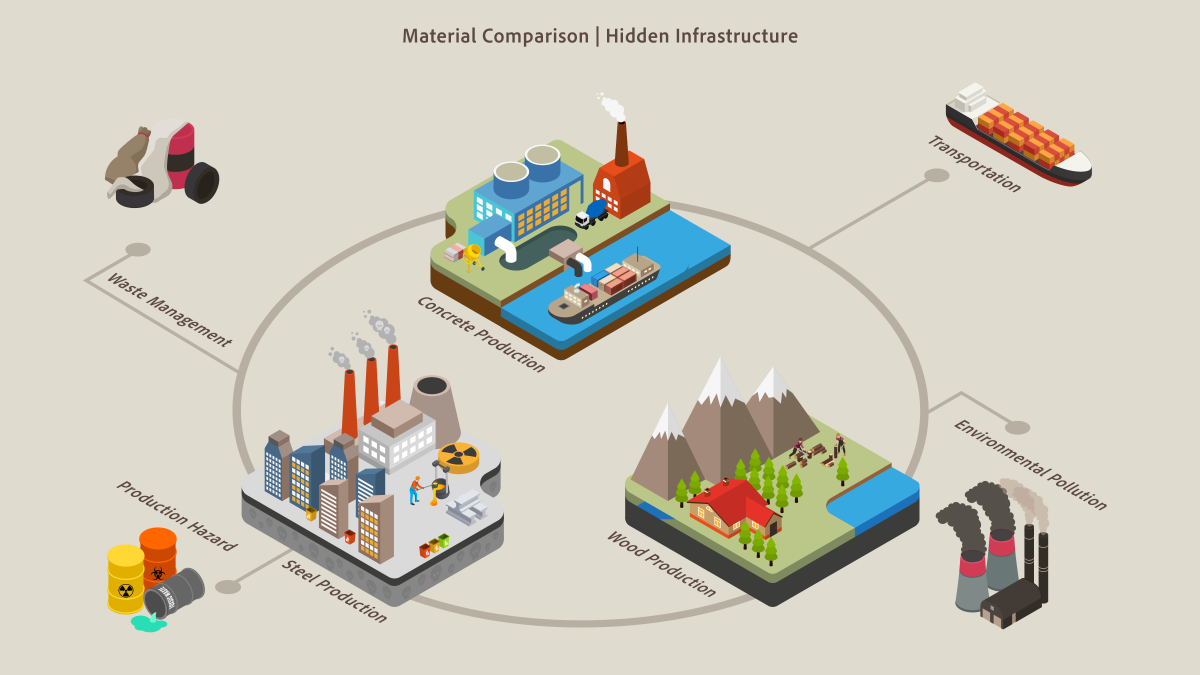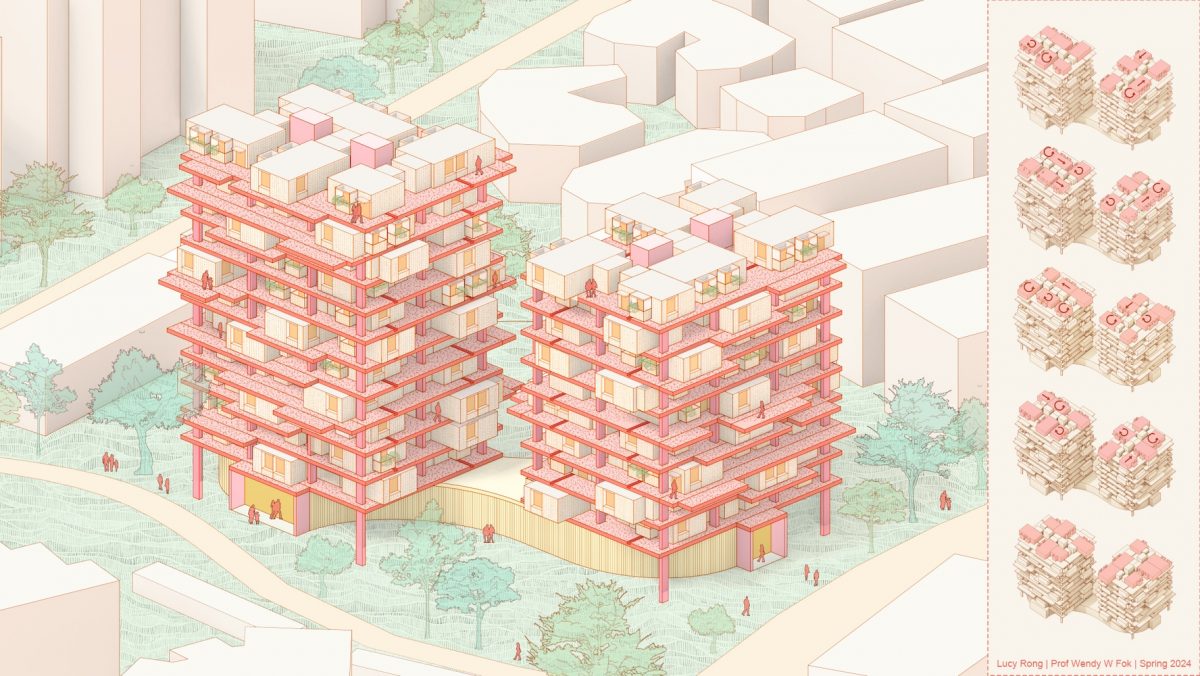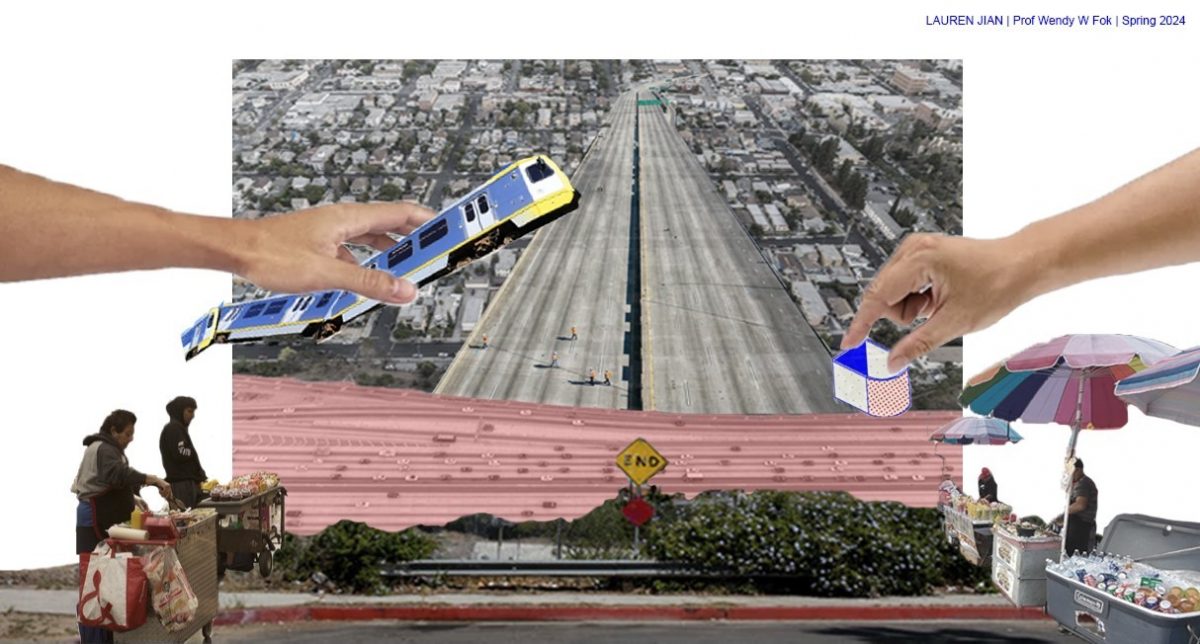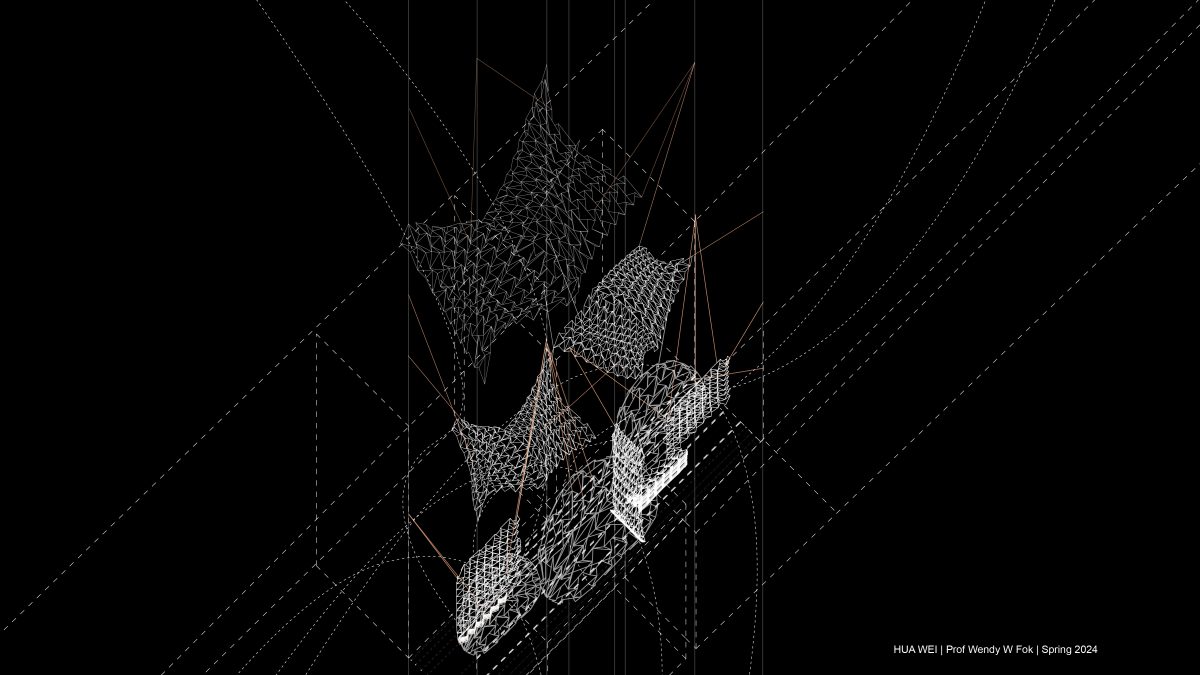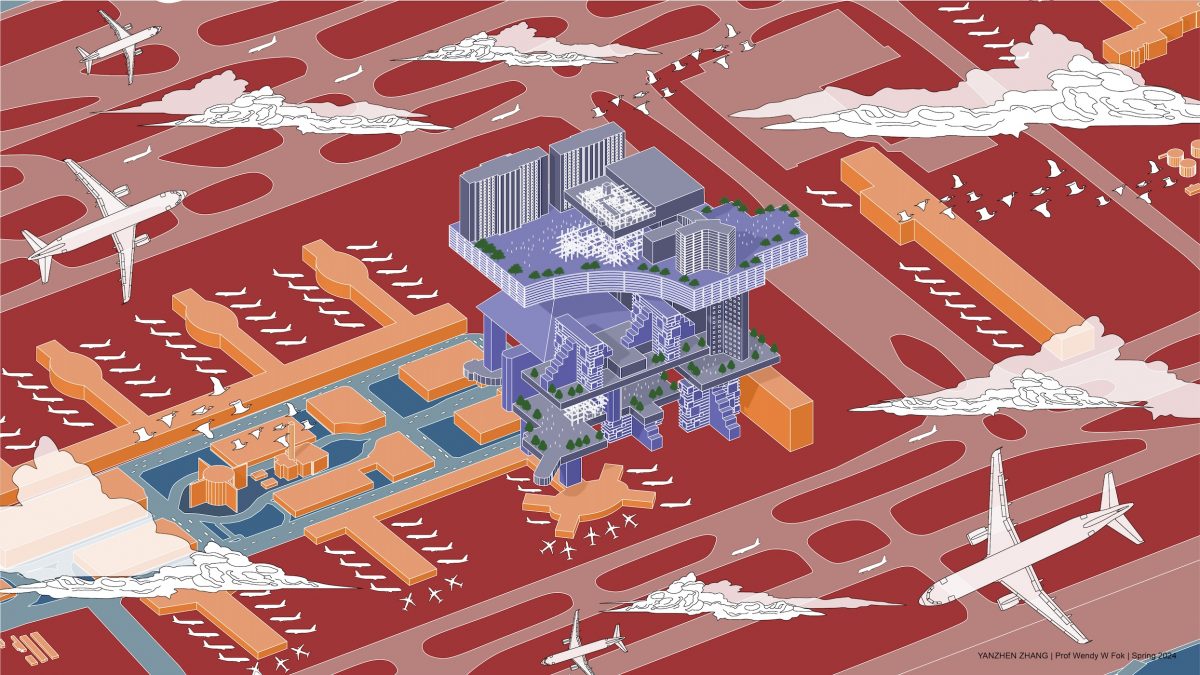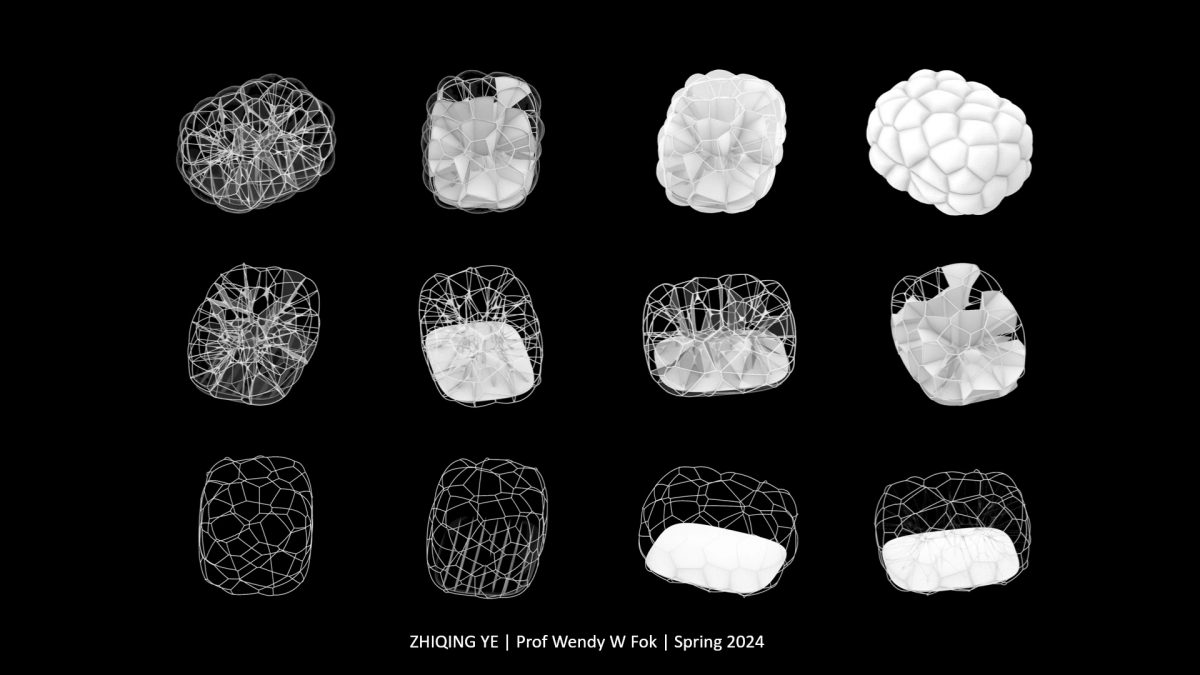The world is not built for seniors in mind. With a focus in Los Angeles, there are many environments from sidewalks to living spaces that are not friendly for seniors. If environments are not friendly, this could create barriers to interactions with the environment leading to depression, isolation, and even death. Since the “Crossing” has occurred, the population percentage of ages 65 and above is growing so rapidly that it is driving seniors to slowly isolate themselves from the rest of the world because the existing infrastructure is not designed for the aging population nor is it designed to accommodate a person’s full life cycle. This questions if Architecture is a barrier or if Architecture may be a solution.
House+: Mobility Plug-Ins for the Aging Population is an exploration of a plug-in system using a kit of parts in order to create an accessible space and make a change within the social dynamics of the multigenerational experiences. The challenges focused in this thesis are about changing the existing living conditions for seniors and how cities can be rebuilt accessible and integrable for multigenerational spaces without affecting new generations and incorporating the population as a whole rather than isolated groups. While specifically focusing on the aging population, this plug-in system can be customizable to the user to age with them accommodating a person’s full life cycle.

